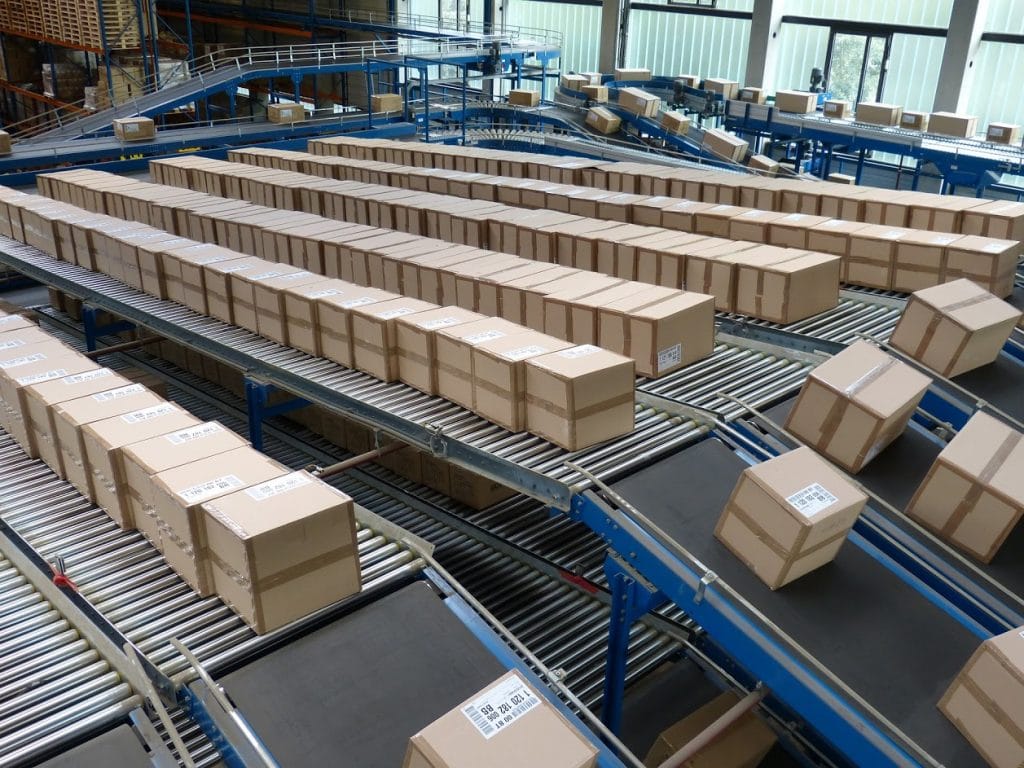
Every physical goods business has to make a choice between periodic vs perpetual inventory.
Unfortunately, it’s hardly an easy choice to make.
On the one hand, you have the manual, inexpensive, tried-and-true periodic inventory tracking system that has been used since businesses have had inventory to manage.
On the other, you have the fairly new, technology-enabled, constantly evolving perpetual inventory tracking system that is driven by innovations in inventory management solutions.
So, which one is right for your business?
To answer that question, we’ll look at the definitions for both, then compare the advantages and disadvantages of periodic vs perpetual inventory.
By the end, you’ll have a clear understanding of what each can offer you, and be better prepared to choose the right fit for your business.
What is Periodic vs Perpetual Inventory?
Periodic Inventory
A periodic inventory management system is exactly what the name suggests:
Inventory is tracked by a periodic physical count of every item in stock.
Essentially, it tells you the beginning inventory and ending inventory within the accounting period, but it doesn’t track inventory on a day-to-day basis.
These physical counts can be conducted weekly, monthly, quarterly, or yearly depending on the size of your business, the quantity of your stock, and the rate of inventory turnover your business experiences throughout a fiscal year.
Periodic inventory is typically taken using pen and paper or excel spreadsheets.
Perpetual Inventory
A perpetual inventory management system is also known as a continuous inventory system.
Here’s how it works:
Perpetual inventory systems track sold and stocked inventory in real-time; they update your accounting system whenever a sale is made, inventory is used, or new inventory has arrived.
All of this data is sent to one central hub that any authorized employee can access.
Through the use of barcodes, POS systems, and RFID scanners, perpetual inventory makes it possible for you to know almost everything about your inventory at any time.
Advantages and Disadvantages of Periodic vs Perpetual Inventory
Now that you know the definitions of periodic and perpetual inventory, let’s look at what each has to offer you and which would make the most sense to use for your business.
Advantages of Periodic Inventory
Reduced Setup Costs
Periodic inventory uses a minimal amount of materials – allowing quick setup on a tight budget. This is ideal for small businesses or startups without much capital.
Minimal Experience Required
Periodic inventory doesn’t require complex devices or technology – allowing inexperienced business owners and managers to start using the system on day one with minimal training.
Simple Record Keeping
Periodic inventory relies on a few simple records:
- The amount of inventory currently on hand
- The amount of materials purchased
- The amount of inventory sold
With only these 3 metrics, a periodic inventory management system can be easily implemented.
Disadvantages of Periodic Inventory
Disruption of Business Hours or Overtime
To manually count inventory, you’re going to need to close down during business hours or pay your employees overtime to come in late.
The cost of lost business and higher labor on a regular basis could outweigh the savings you might receive from this low-tech option.
Increased Risk of Errors
Humans are more error-prone than computer systems.
It’s easy to double-count or miscount inventory, lose files, or perform incorrect calculations based on incorrect data.
Mistakes like these can lead to imprecise forecasting, stock outs, or obsolete inventory. All of which could be mitigated with a perpetual inventory system.
Advantages of Perpetual Inventory
Proactive Monitoring of Inventory Turnover
By tracking inventory turnover in real-time, perpetual inventory makes it possible to order more stock as soon as you get low. This is especially helpful if you practice just-in-time (JIT) inventory.
Manage Multiple Locations with Ease
Perpetual inventory gathers all data into one centralized inventory management system – making it easy to operate multiple locations and stores while tracking the inventory for all of them.
More Informed Forecasting
Perpetual inventory can generate reports on buying patterns throughout the year which allows you to forecast demand spikes and slow periods while optimizing your supply chain around the purchasing habits of your customers.
Disadvantages of Perpetual Inventory
High Startup Costs
Perpetual inventory management systems require a lot of equipment to be installed such as:
- Barcodes
- RFID codes
- Scanners
- Computer software
- Etc.
This will result in higher startup costs, especially if you have multiple locations. Plus, all your employees will need to be trained to use the new equipment.
Periodic Inventory Is Still Necessary
Even with perpetual inventory, you’re still going to need to undertake some kind of manual stocktaking process to ensure your records are up-to-date and your inventory system is operating correctly.
Should you Choose Periodic or Perpetual Inventory for Your Business?
Let’s make this as simple as possible:
In the choice between periodic vs perpetual inventory, periodic is better if you’re just starting out, sell very few products, or have a small budget.
Perpetual is better for everyone else.
And, if your small business starts to grow, you’re going to want to switch over to a perpetual inventory management system.
Periodic inventory is fine in the beginning, but the insights, increased accuracy, and informed decision-making power that comes from perpetual inventory will help you optimize every process in your business – something periodic inventory will never be able to do.
If you’re currently using a periodic inventory management system and are ready to experience the benefits of perpetual inventory, then we can help.